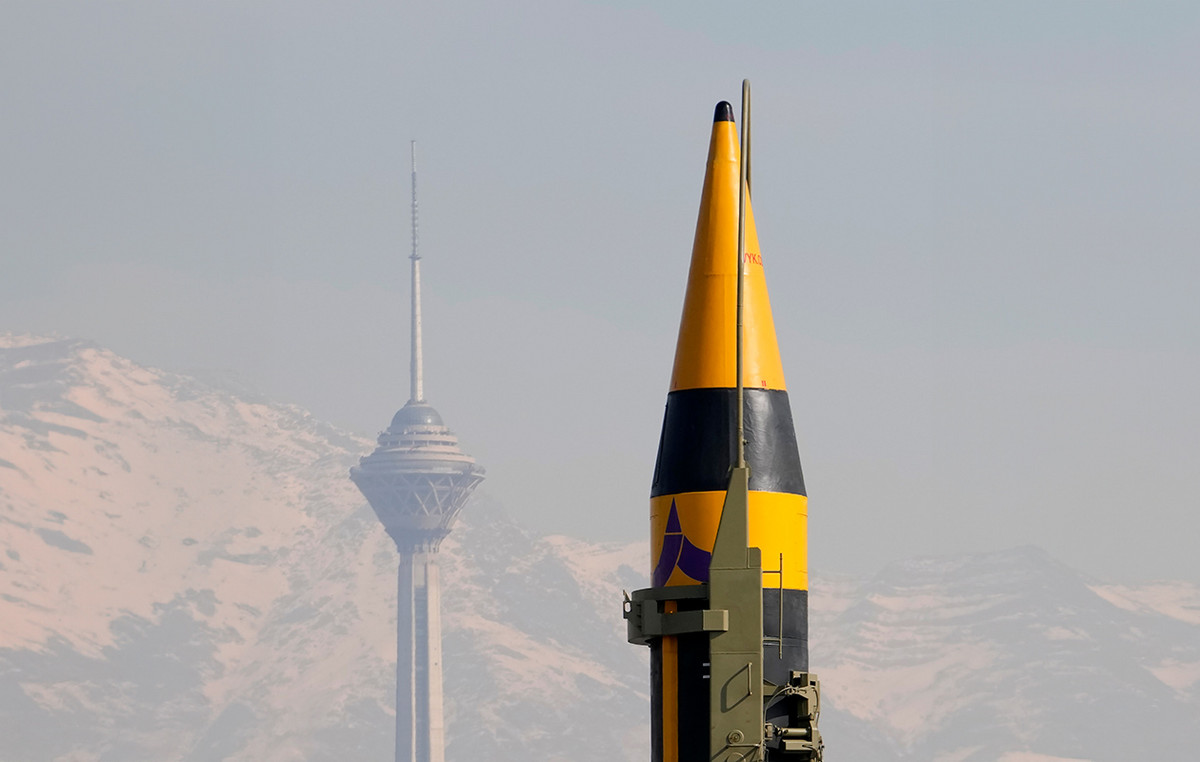North Korea’s attempt to put a military reconnaissance satellite into space failed on Wednesday when the rocket’s second stage malfunctioned, the state-run Korea Central News Agency (KCNA) said, adding that Pyongyang plans to conduct a second launch as soon as possible.
“The new rocket satellite vehicle, Chollima-1, crashed into the West Sea after losing thrust due to an abnormal 2nd stage engine startup after 1st stage separation during normal flight,” KCNA said.
The report said that “the reliability and stability of the new engine system” were “low” and the fuel used “unstable”, leading to the failure of the mission.
North Korea’s National Space Development Agency said it would investigate the failure “urgently” and conduct another launch after further testing, KCNA reported.
South Korea’s Joint Chiefs of Staff said it had identified an object believed to be part of what North Korea claims is its space launch vehicle in the sea about 200 kilometers west of Eocheong Island at around 8:05 a.m. and was in process of getting it.
Earlier, South Korea’s military said Pyongyang had fired a “space projectile”, triggering emergency warnings in Seoul and Japan, weeks after North Korean leader Kim Jong Un ordered authorities to prepare to launch the first country’s military reconnaissance satellite.
Both countries later canceled these warnings when it became clear that there was no danger to civilian areas from the North Korean launch.
Analysts said Wednesday morning’s events illustrated problems for North and South Korea, for Pyongyang in its space program and for Seoul in its public warning process.
“North Korean space efforts have consistently failed, indicating that while its military ballistics capabilities are being developed, its space launch capabilities are not advancing at the same pace of development,” said Malcolm Davis, senior analyst at the Australian Strategic Policy Institute.
“This is curious because space launch capabilities and ballistic missile systems are essentially similar technologies in many ways, and North Korean tests of ballistic missile systems have been more successful,” Davis said.
Possible causes
South Korea’s spy agency said it believed Wednesday’s launch may have failed in part because North Korea rushed preparations and tried to change the flight’s route, said South Korean lawmaker and ruling party member Yoo Sang-bum told reporters live on TV.
Citing the National Intelligence Service (NIS), Yoo said in a statement to reporters that Kim Jong Un is believed to have watched the attempt from about 1.3 km away from the Tongchang-ri launch site.
The North Korean satellite is believed to be 1.3 meters long and 300 kilograms, Yoo said, adding that it is believed to be capable of basic reconnaissance functions with a resolution of at most 1 meter. “[O NIS] believes that this rocket is a new projectile based on an ICBM engine,” the legislator said.
Yoo said the NIS believes it will take at least a few weeks for North Korea to mount a second launch, though possibly less if the problems are not serious.
North Korea has conducted dozens of ballistic missile tests over the past two years, which analysts said showed the program was maturing.
The test of a new solid-fuel intercontinental ballistic missile (ICBM) in April showed that Pyongyang could launch the missiles more quickly in the event of any nuclear confrontation, analysts said.
The North Korean launch triggered air-raid sirens around Seoul around 6:30 am, causing confusion among residents who are used to pre-announced tests of the warning system in the middle of the day.
The sirens were followed by a text sent to cell phones, telling people to prepare to seek shelter. The alert was canceled about 20 minutes after it was issued.
Who implemented the alert remains unclear. The Ministry of the Interior said it was issued by the Seoul city government by mistake.
Seoul Mayor Oh Se-hoon apologized to citizens for “causing confusion” by sending out a citywide alert, adding that efforts will be made to refine the system to avoid similar situations.
Leif-Eric Easley, a professor at Ewha Womans University in Seoul, said any criticism of government leaders for the warning may be unwarranted. “The government would receive more criticism if it did not make every effort to protect the public,” said Easley.
Indeed, he said the warning could help steer South Korean residents away from complacency about the dangers posed by Pyongyang’s missile programs.
“The Yoon government will likely promise improvements to the early warning system, but it can also expect that greater awareness of the North Korean threat will increase support for the government’s military deterrence policies,” Easley said.
The South Korean and Japanese governments condemned the North Korean launch as a violation of United Nations Security Council resolutions.
“Whether successful or not, (it was) a serious provocation that threatens peace and security on the Korean Peninsula and the international community,” according to a statement from Yoon’s office.
In Japan, Chief Cabinet Secretary Hirokazu Matsuno said Tokyo had “vehemently protested” against North Korea. He pledged continued “surveillance and monitoring” by the Japanese government.
Japan’s Defense Ministry warned on Monday that it would destroy any North Korean missile that entered its territory after Pyongyang notified the country of plans to launch a “satellite”.
Source: CNN Brasil
Bruce Belcher is a seasoned author with over 5 years of experience in world news. He writes for online news websites and provides in-depth analysis on the world stock market. Bruce is known for his insightful perspectives and commitment to keeping the public informed.







